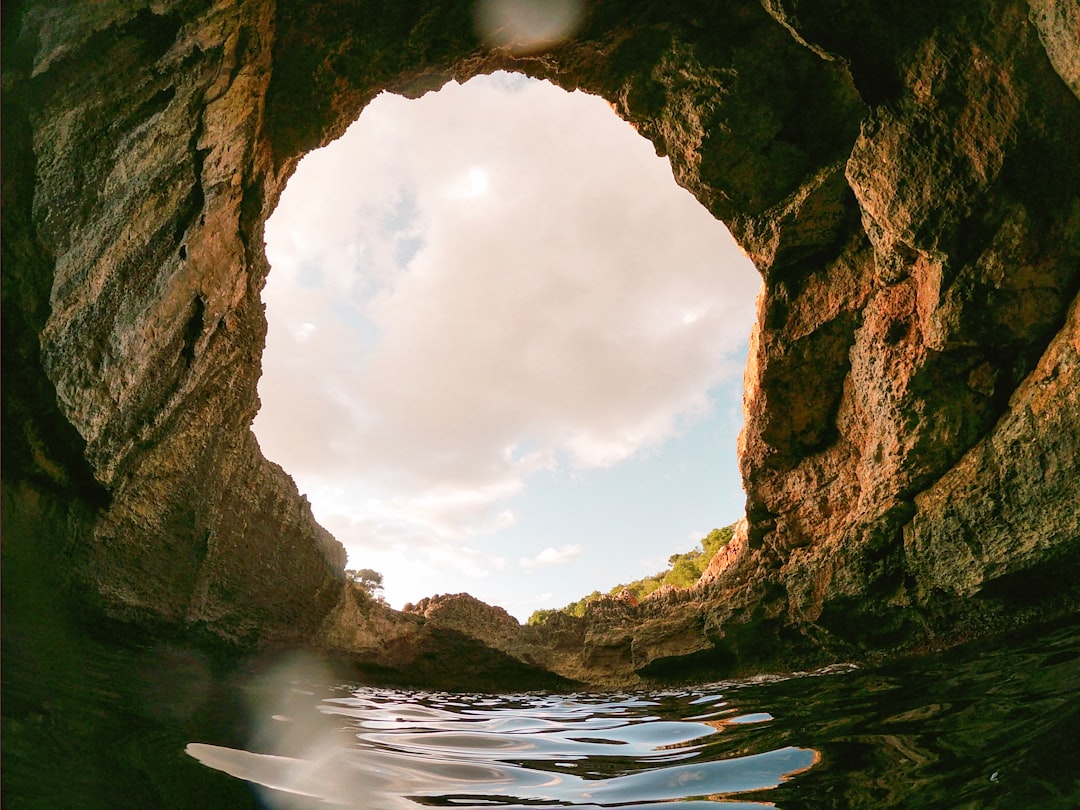Building off last Wednesday’s post on establishing setting in literary fiction and nonfiction, today, we’re going to look at how to establish setting (and world-build) in genre fiction like sci-fi, horror, dystopian, fantasy and thrillers. Romance is also a fiction genre, but don’t worry if you don’t see examples from Romance included here. I consider Romance “happy” fiction, and today I want to look at the dark stuff.
First I’d like to say something about these sub-categories within fiction and nonfiction. When I first started querying for agents in my twenties, I queried for “fiction” with my “novel.” That was it. It never occurred to me to say that it was literary fiction or general fiction or absurdist fiction or I don’t know what. I had a novel that I had worked hard on and was proud of. Did they want to look at it?
But over the last few years that I’ve been helping writers with their query letters, I’ve seen as many categories in fiction/nonfiction as there are yogurt flavors. YA, New Adult, Upmarket, Mid-list, Domestic thriller, Uplit. Did you know about Uplit? I just learned about this genre yesterday—it’s “uplifting” fiction.
For the purpose of us speaking the same language going forward, I—personally— think about books this way:
Literary fiction/nonfiction:
Books that demand a little work from the reader either because of the content (which might include erudite references to things you’re supposed to know or explore a challenging subject matter), or the prose (dense, wrenchingly beautiful, bizarro, opaque, semantically-odd, funny in an uncomfortable way) or the plot, which isn’t so much “plot” as beautiful words and strong emotions assembled on the page. In the film world, these books would be art films. In the lit world, think Maggie Nelson, Laura van den Berg, Marlon James.
Commercial fiction/nonfiction:
Books that go down easy: you don’t have to work hard to enjoy them. Quintessential beach reads, airport bestsellers, books that are plot-driven with a high entertainment value. In the film world, this is the equivalent of: Netflix and chill. In the lit world, think Samantha Irby, Curtis Sittenfield, Celeste Ng.
Note that this category language might be unique to me. You might be out there querying agents who want to hear that your manuscript is a 8.5 x 11 inch upmarket YA crossover with uplit potential, but in the safe space of this newsletter, I’m just going to be saying “literary” or “commercial” with modifiers like YA or sci-fi or what have you. I am not the person to ask whether your manuscript is upmarket or midlist— my opinion is that the market decides these things, not the gatekeepers, but I think I’m alone in that.
But back to the subject at hand: establishing setting in genre fiction from your opening pages.

One of the reasons I don’t write genre fiction is because it’s hard as hell to do. From paragraph one, you have to school your readers in the rules and hierarchies of your invented world. Who has power? Who wants power? How far out (or behind) the world as we know it are we, time wise? Is food and water hard to get? Are people eating vegetables? Are there only humans in this universe or half-humans or non-humans, too?
I have tried writing genre fiction—notably a thriller that I’ve been working on this past year—and thus I can say that 1) I’m bad at genre fiction and 2) it’s hard as hell. Accordingly, I’m going to turn to other authors to help us with our openings. A lot of the excerpts I’ll be using are from books I haven’t read yet. This is on purpose. I want to experience the pages as a newbie to show what needs to happen on the line-level to get a reader to trust you from page one.
First, we’ll look at standout examples of genre writing, then we’ll review a world-building checklist for your opening pages. You ready? Let’s go.


